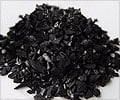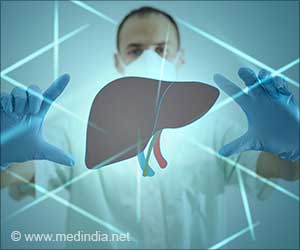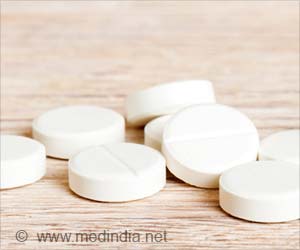Inhalation of carbon monoxide (CO) can reduce skeletal muscle injury after the following limb peripheral vascular disease (ischemia).
Inhalation of carbon monoxide (CO) can reduce skeletal muscle injury after the following limb peripheral vascular disease (ischemia), where blood flow is interrupted and can be compounded by reperfusion, when damage is caused after the blood supply returns to the tissue. When this occurs, there can be limb loss or death.
Researchers from Massachusetts General Hospital in Boston reviewed the results of 23 mice from two groups: 10 who were given CO and 13 who were not, to determine how CO affects their recovery from such injuries. Results of their study will be presented during the Vascular Annual Meeting, June 5-8, San Diego, Calif.“Mice that inhaled a low dose CO after an onset of ischemia resulted in decreased markers of inflammation locally in the injured skeletal muscle and systemically in the blood, and had increased energy levels after ischemia/reperfusion (I/R) mediated injury within the injured limb,” said Rajendra Patel, MD, clinical and research fellow in the department of vascular surgery.
“All of these factors may allow for a faster and more complete recovery in humans, and even decrease limb loss or death,” said Dr. Patel.
In the study, unilateral hind limb I/R was created using an orthodontic rubber band applied to 23 mouse limbs for 1.5 hours. Immediately after application of the band, during ischemia and the initial six hours of reperfusion, 10 mice were put in sealed chambers equilibrated with gases composed of 250 ppm CO mixed with room air. The 13 other mice were put in a chamber of air alone.
After six hours reperfusion, all mice were placed in room air at ambient temperature and sacrificed after 24 hours. The I/R and the uninjured contralateral hind limbs were harvested for biochemical analysis and histologic evidence of tissue injury; the CO treated mice had less skeletal muscle injury compared to room air treated mice (a mean 16.8 percent vs. 29.2 percent). This group also had higher tissue ATP levels when compared to the control group (mean 21.9 vs. 8.0 contralateral) and serum and muscle KC levels were markedly reduced in the CO group when compared to the control group. There was no difference in mean blood pressure and heart rate in both groups of mice when measured at baseline, 6 and 24 hours reperfusion.
Dr. Patel noted that acute limb (I/R) injury is a prevalent clinical problem associated with significant morbidity and mortality, but therapeutic inhalation with CO has been shown to reduce I/R injury in lung, cardiac and hepatic tissue. He added that inhalation therapy with CO protects skeletal muscle from I/R injury independent of hemodynamic effects, and is associated with preserved skeletal muscle ATP, decreased fiber injury, and local and systemic levels of proinflammatory cytokines.
Advertisement
Source-Newswise
SRM







